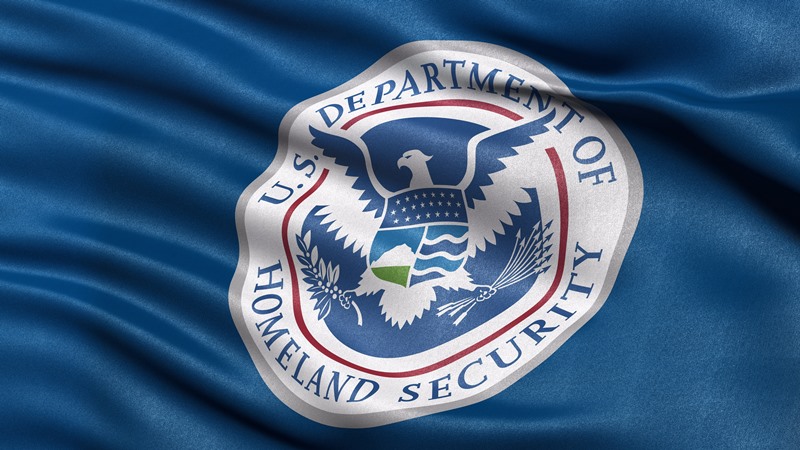
The Department of Homeland Security’s (DHS) first Chief AI Officer (CAIO) Eric Hysen said this week that he is aiming for DHS to be a national leader in AI technologies – not only for the rest of the Federal government but for industry as well.
During the CrowdStrike Gov Threat Summit in D.C. on March 19, Hysen said he believes the “better we are at using AI in our own 260,000-person organization, the better we will be able to support and drive nationwide efforts around AI safety.”
Hysen – who also serves as the department’s chief information officer (CIO) – said that DHS was ahead of the curve by implementing the CAIO role and a set of AI policies months before the Biden administration unveiled its AI executive order (EO) in October 2023.
The CAIO said that one major part of his job is “looking at how we’re deploying AI at DHS in support of our missions.”
“That’s not new,” Hysen said. “We’ve been integrating AI into our missions for many, many years, but there’s a renewed focus today, particularly with the potential of generative AI.”
The DHS official said he’s been “encouraged by the progress” the department has made in the five months since the release of the AI EO.
For example, last month DHS announced a new hiring effort to bring in 50 AI experts to be a part of its “AI Corps,” and just this week, the department announced a new AI roadmap and trio of generative AI pilot projects at three of its component agencies.
“Our general approach is that we want to lead the rest of the Federal government by example,” Hysen said.
The CAIO emphasized that his role in wielding the department’s AI efforts is critical to every part of the agency, especially cybersecurity. “It’s important that you can’t just create a head of AI in isolation. Over time the percentage of software that involves AI is going to approach 100 percent.”
“It requires building strong AI enabling organizations,” he continued, adding, “You need to think about strengthening your core CIO functions, your chief data officer, your data management and governance practices, and your design, usability, [and] customer experience practices.”
“While we are seeing a proliferation of these chief AI officer roles, it’s equally important to be ensuring that we’re building AI enabling and AI supporting capabilities alongside them,” Hysen said.
The CAIO said it’s critical that the officials stepping into these new roles don’t just have a technology background, but also understand the importance of applying mission and operations.
“The most important thing for someone in a role like what I’m doing is a deep understanding, not just of the technology, but of our operations and can really carefully assess where the right places to push forward for AI adoption are,” Hysen said.
The CAIO believes government is at a unique position with AI, in that – for the first time with an emerging technology – it’s in step with the private sector on figuring out how to implement AI and leverage it safely.
“We see I think actually a really interesting moment for government where with most prior major tech transitions – if you think about just everything from personal computers to the internet to the cloud and mobile – government was behind the curve in our own adoption of those technologies, and we were relying on best practices that had been well established in industry,” Hysen said.
“With the current moment in AI, there is actually something different happening,” the CAIO explained. “Government is right there with the private sector implementing this technology and learning together what those practices are, and so I think we see a lot of opportunities for our work internally and throughout the Federal government in a safe, secure, responsible AI deployment to then also help us set the right patterns and best practices for industry.”
